 In Algeria, where nearly a quarter of the population lives below the poverty line, organizations like Humanium are working to alleviate hardship and protect children’s rights by addressing the root causes of poverty and supporting community development. Here is more information about poverty eradication in Algeria.
In Algeria, where nearly a quarter of the population lives below the poverty line, organizations like Humanium are working to alleviate hardship and protect children’s rights by addressing the root causes of poverty and supporting community development. Here is more information about poverty eradication in Algeria.
Understanding Poverty in Algeria
Algeria has made notable progress in reducing poverty over the past two decades, achieving a 20% reduction through social policies aligned with the United Nations Sustainable Development Goals (SDGs). However, challenges persist. According to the Embassy of Algeria, poverty remains widespread, especially in rural areas where access to public services, clean water, health care and transportation is limited. Isolation and scarcity define life for many in these regions, making it difficult to break the cycle of poverty. In some provinces, school-aged children must travel long distances to attend under-resourced schools, and families often rely on subsistence farming or informal work to survive.
Poverty in Algeria disproportionately affects children, women and those living in remote regions. According to UNICEF, structural issues such as high youth unemployment, limited access to quality education and a heavy reliance on the informal economy contribute to widespread inequality. Vulnerable households frequently lack the means to meet basic needs like food, housing and education. Algeria’s economic dependence on hydrocarbon exports makes it susceptible to global market shocks, which often lead to inflation and job losses, further worsening the struggles of low-income communities.
Humanium’s Initiatives in Algeria
Humanium, a non-governmental organization focused on children’s rights, has been active in Algeria addressing key issues such as poverty, child labor, child marriage and limited access to health care and education. Around 23% of Algerians live below the poverty line, with rural poverty twice as high as in urban areas. These conditions contribute to approximately 5% of children aged 5 to 15 engaging in child labor, often at the expense of their education.
Humanium also advocates against child marriage and violence against children, which remains underreported due to fear and stigma. In refugee camps in western Algeria, children face poor living conditions and high school dropout rates. Through legal advocacy, community outreach, and education campaigns, Humanium promotes children’s rights and supports poverty eradication in Algeria by helping families protect and empower their children.
Social Protection Measures in Action
Following economic and political transitions since 2019, the Algerian government has introduced several social protection programs. These include subsidies for essential food items, universal health care and financial aid for the unemployed, elderly and women. In 2023, Algeria implemented further reforms, such as raising minimum wages, pensions and unemployment benefits, in response to rising inflation. These reforms are designed to enhance living standards and align with the SDGs, particularly the goal of poverty eradication in Algeria. However, significant barriers remain. Many informal workers and residents of remote regions are still excluded from these benefits due to gaps in infrastructure and outreach, limiting the impact of government policies.
The Road Ahead for Poverty Eradication in Algeria
Despite state-led initiatives and NGO efforts, poverty eradication in Algeria continues to be an urgent challenge. A comprehensive strategy demands not only economic reform but also continuous investment in health care, education and child protection systems. Humanium plays a crucial role by providing immediate relief while fostering long-term development and sustainability.
Through advocacy, education and support services, Humanium contributes meaningfully to poverty eradication in Algeria, empowering vulnerable communities and helping to break cycles of poverty. Strengthening partnerships between local and international actors will be key to building a more equitable and prosperous future for all Algerians.
– Poppy Phillips
Poppy is based in London, UK and focuses on Good News for The Borgen Project.
Photo: Flickr
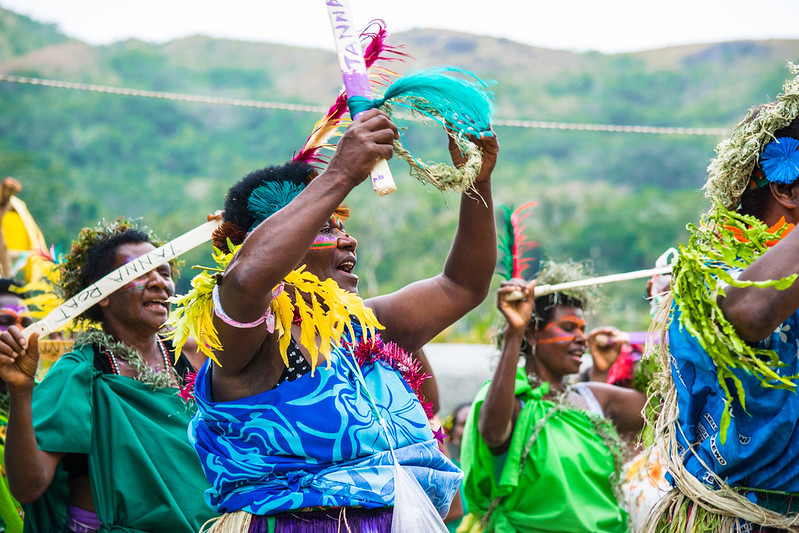
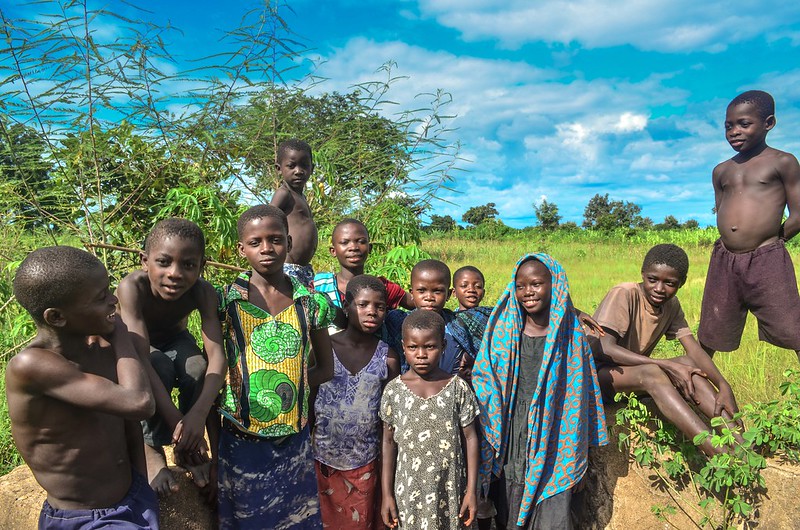
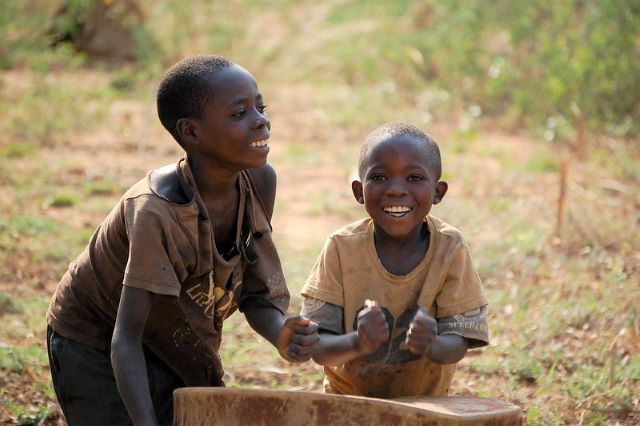 The East African country of Burundi is one of the poorest in the world. Its meager economy relies heavily on rainfed agriculture, which
The East African country of Burundi is one of the poorest in the world. Its meager economy relies heavily on rainfed agriculture, which 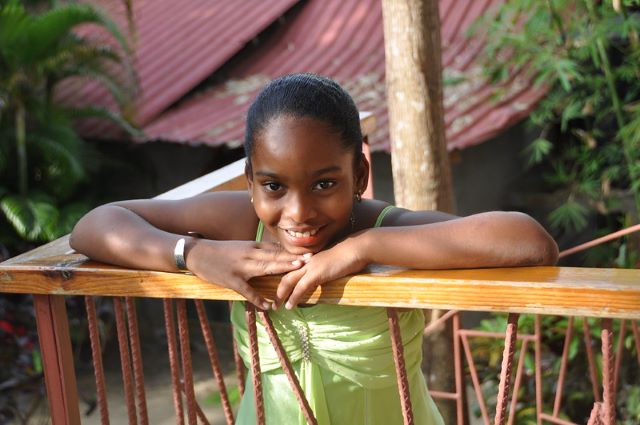 A whole
A whole 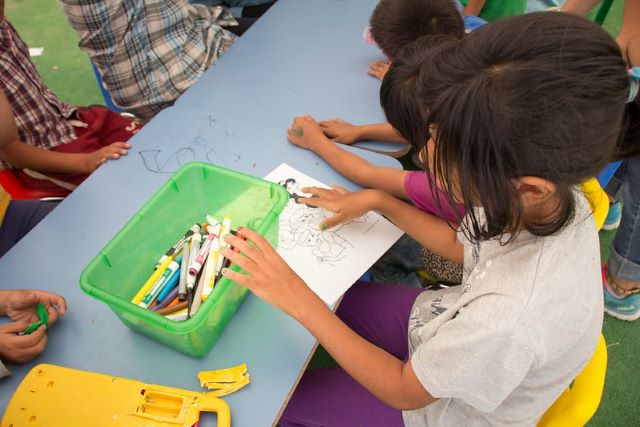 The
The 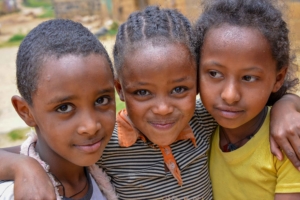 Save the Children believes that
Save the Children believes that  Patriarchal culture and deep-rooted traditions within the country have contributed to child marriage in Kyrgyzstan. Despite the legal age for marriage being 18, an estimated 19% of girls in Kyrgyzstan are married before this age. Due to the country’s history and various social factors, child marriage in Kyrgyzstan remains an issue. Organizations such as the
Patriarchal culture and deep-rooted traditions within the country have contributed to child marriage in Kyrgyzstan. Despite the legal age for marriage being 18, an estimated 19% of girls in Kyrgyzstan are married before this age. Due to the country’s history and various social factors, child marriage in Kyrgyzstan remains an issue. Organizations such as the 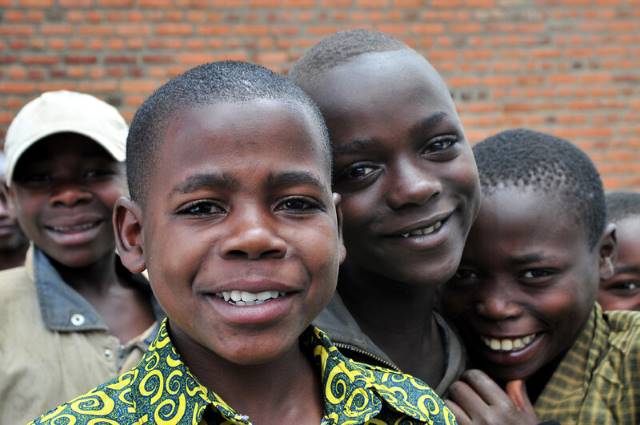 Rwanda, an East African country, has a population of about 12.3 million. Around 45% of the country’s population, roughly 5.4 million, are under the age of 18. The rate of poverty has decreased from 59% to 40% since 2000. Additionally, the rate of extreme poverty was
Rwanda, an East African country, has a population of about 12.3 million. Around 45% of the country’s population, roughly 5.4 million, are under the age of 18. The rate of poverty has decreased from 59% to 40% since 2000. Additionally, the rate of extreme poverty was 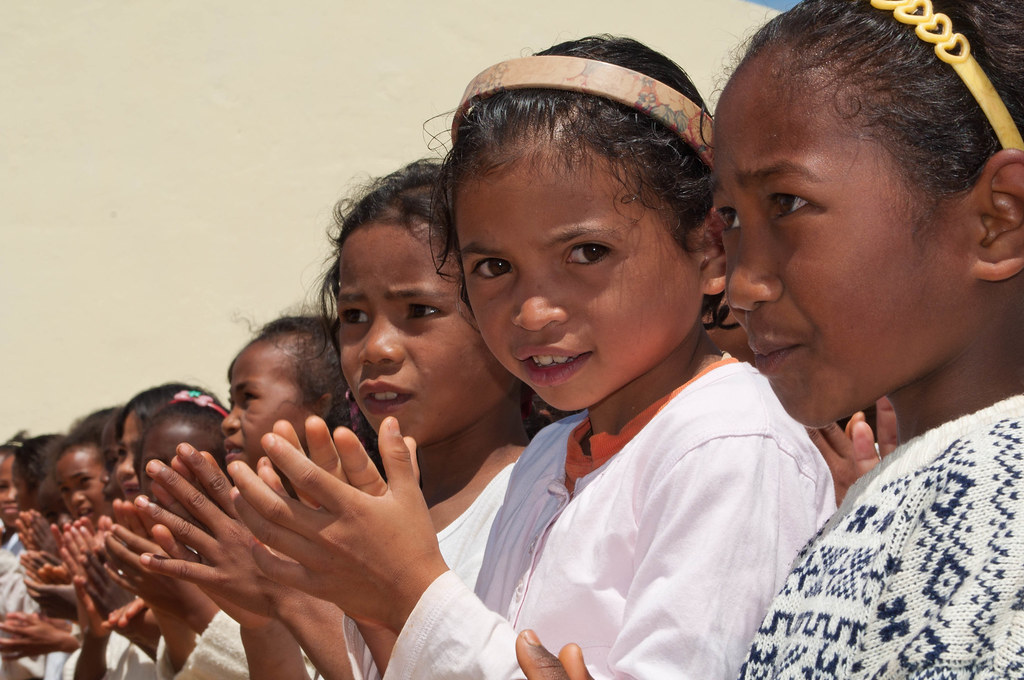 More than 780 million people live below the poverty line, as a result of and contributing to the intergenerational transmission of poverty. More than 160 million children at risk of continuing to live in poverty by the year 2030. Similarly, those living in poverty will likely remain in poverty. In other words, poor parents raise poor children, who are more likely to remain poor as adults. This
More than 780 million people live below the poverty line, as a result of and contributing to the intergenerational transmission of poverty. More than 160 million children at risk of continuing to live in poverty by the year 2030. Similarly, those living in poverty will likely remain in poverty. In other words, poor parents raise poor children, who are more likely to remain poor as adults. This 